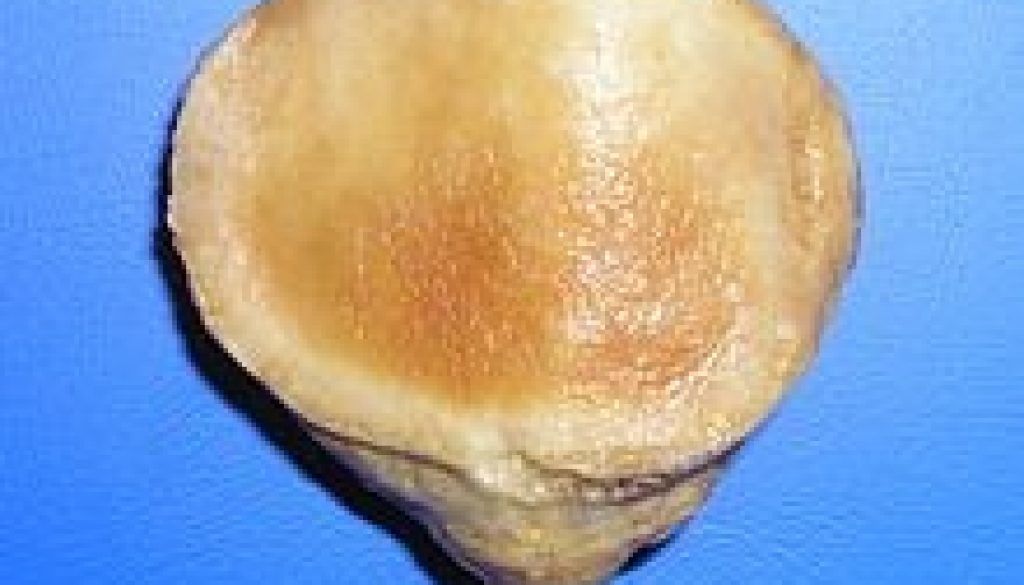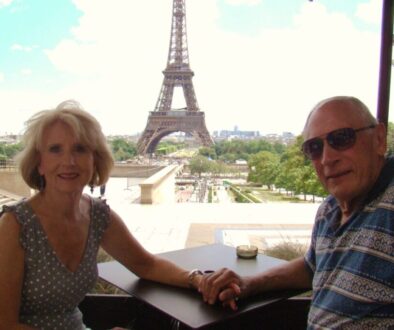The Power of the Patella
Dear Friends,
It’s time for an update and some useful information.
The update is that I am moving right along, doing great, working hard in rehab and now able to flex my knee 90 degrees! I have a significant portion of my life back but alas still cannot drive or make my 2 -mile daily walk. That’s the killer, but I’m not complaining very loudly. Everything else is coming together and spring awaits! Please don’t take that little bone in your knee for granted as it is powerful.
The patella is the largest sesamoid (pulley) bone in the human body. Babies have a soft patella of cartilage which changes to bone at around age three. Its primary function is knee extension which increases the leverage that the tendon can exert on the femur and regulates the angle at which it acts (according to wikipedia). It is one of the bones most prone to injury because of its exposed location.
The etymology of the word is interesting. In the Western world, the word patella comes from the Latin patina meaning shallow dish (17th century). However, Eastern medicine from the 13th century predates this with an Indian word patela haddi meaning “farmer’s bone.” I suppose this is because the farmer is toiling hard on his hands and knees.
The patella is triangular in shape, a la the attached photograph, with its tip facing toward the feet. My two knees will not be identical ever again but possibly close. The injured knee according to my physical therapist will not be “that little bony thing” you have on the other leg. So…probably more than you need to know.
Many thanks to all my friends for thoughts, words, cards, prayers and deeds. Be grateful for your body, a masterful design. Pick any other bone to break besides this tiny, fragile powerhouse!
Best,
Linda



